EAT IN ASIA / Destinations / Other destinations / Northern america / Dominican republic
What is Mamajuana?
Tags: DOMINICAN REPUBLIC

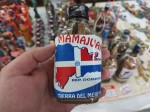
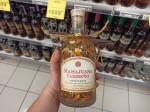

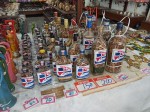
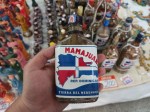
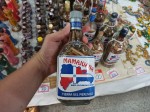
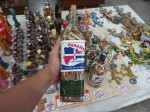
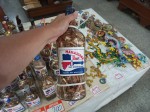
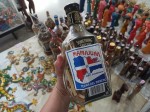

Santo Domingo, Dominican Republic. The main street Calle El Conde full of bars, restaurants, shops with lingerie, clothes, shoes, and first of all – full of souvenir shops and stalls. Oil paintings, bottle openers, t-shirts, local wooden products and almost everything else you could expect to find in a regular souvenir shop. Apart from that, there is huge number of Dominican rums, and cigars. Finally, oddly looking bottles with spices, herbs, and some liquid inside. Some of these bottles are with ornaments, local signs, and glyphs, and some of them just regular, emptied alcohol bottles. So, your curiosity should raise up. What is that? Just spices sold in a bottle like a small ship? Is it only a set of nicely looking plants? No, definitively not. That is Mamajuana!
What is Mamajuana?
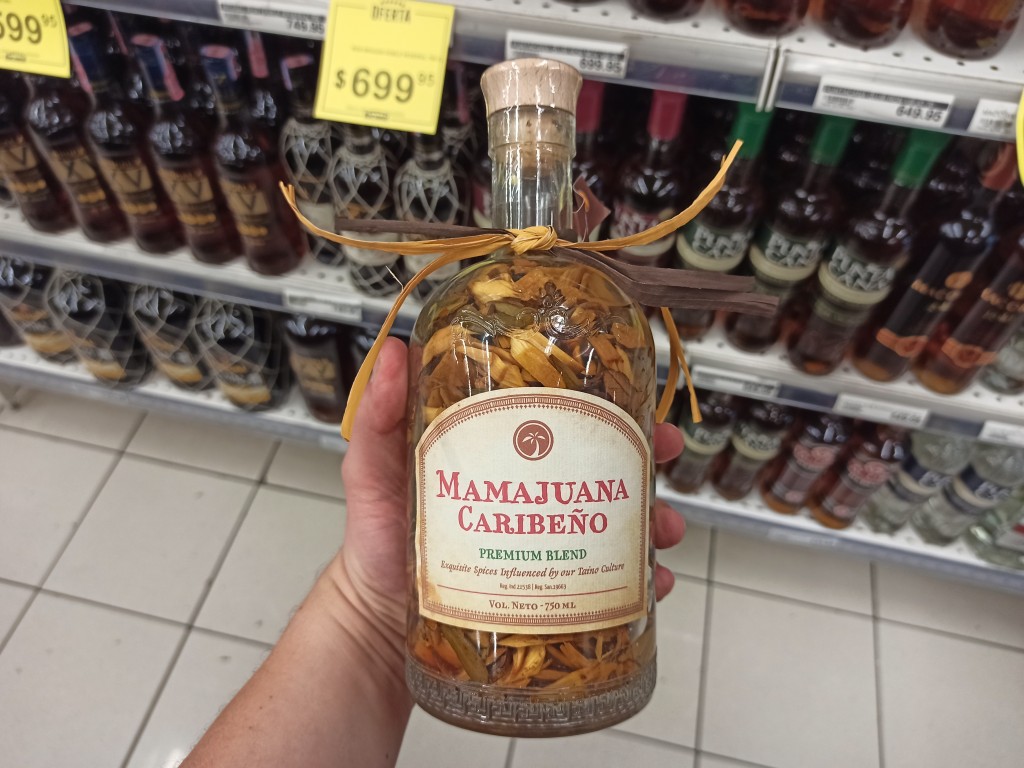
A sweet, herbal, alcoholic beverage with spices. That is the simplest explanation of Mamajuana. It is a traditional Dominican drink, that is almost as popular as a regular beer in other countries. You can buy it per bottles, shots or in drinks (less popular as the beverage is not very high in alcohol voltage). While you can get it in almost every cafeteria, pub, bar, restaurant and comedor, the best one is the one made at home. This one, you cannot compare to anything else. It is authentic, full of original, natural ingredients and made with heart.
The taste of Mamajuana depends on the production method and the recipe. All used ingredients, their variety, and their quality, highly influence the final product. Apart from that, usage of honey instead of sugar is highly appreciated. Honey is not only healthier, but also gives Mamajuana a special flavor.
The basic recipe includes pokhout, sweet clove, white broomweed, agave, David's or West Indian milkberry, ginger, brazilwood, anamu, basil, anise, raisins, and marvel of Peru.
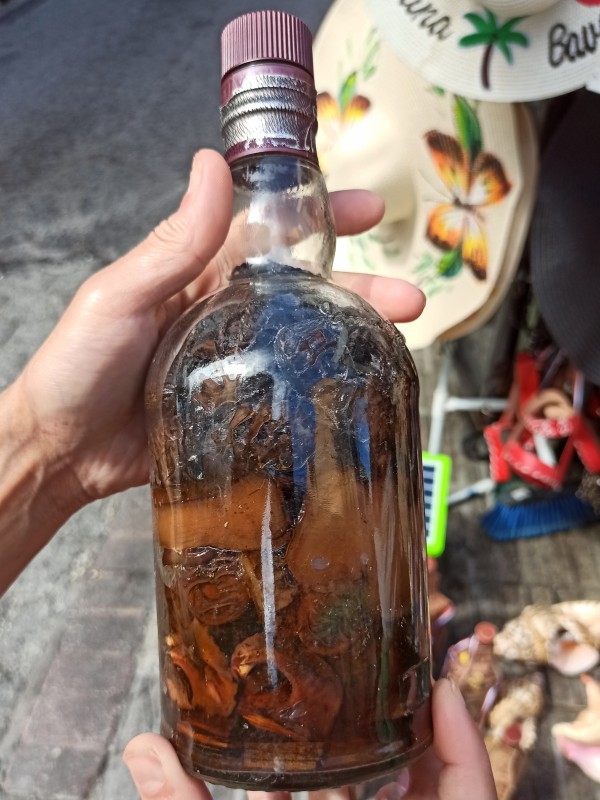
While this is the original set of ingredients, there exists also a special version of Mamajuana. This exquisite drink is prepared from seafood and moluscs. Yes. That is true – from seafood. I know, it is hard to believe. The only difference in the production of this kind of Mamajuana is that all spices and herbs are replaced with seafood chunks. Octopus, squids, oysters, and prawns are only some of them. Some liquors have shark chunks, clams, and many sorts and parts of maritime creatures that are at the edge of extinction. While these ingredients might be something, that would push you to try and buy this type of Mamajuana, remember, that a lot of beings that are included in this ‘gourmet’ drink is endangered and every next sold bottle supports the black market. So, just have it in mind and balance between your curiosity and nature. It is a very rare drink, and with an extremely high probability, you would not get it in any touristic place, but just in case you have an offer, do not forget about it.
Medical aspects of Mamajuana
First of all, there is a one, and the most important potential medical benefit of Mamajuana – it stimulates sexual vigor. Next are some common health benefits like boosting the immune system and, even more important, prevention against tumors. Both benefits are believed to be caused by anamu, known as Petiveria Alliacea.
Apart from that, Dominicans believe that the magical and special health effect is obtained after at least twenty years of maturation of the mixture.
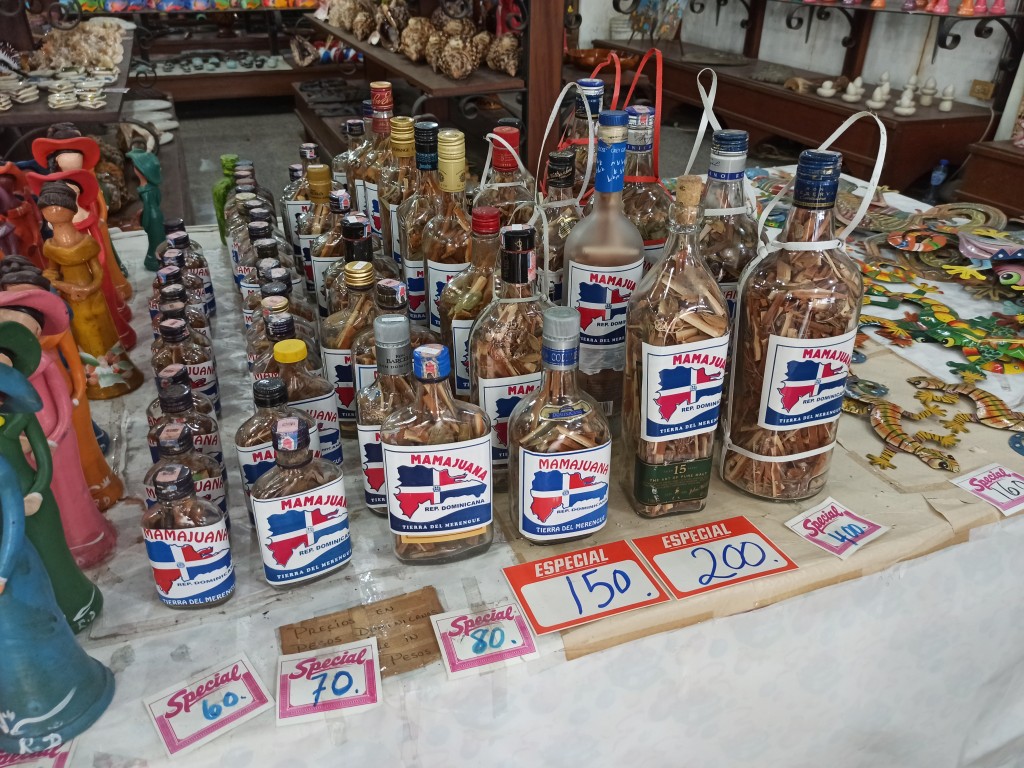
Mamajuana - a short history
Mamajuana was prepared for the first time for Jesús Rodríguez in the middle of the twentieth century. The main reason for inventing this mixture, was to treat respiration, digestion, and blood circulation disorders. Apart from that, it had to purify blood, kidney, and liver. But, as there is no single recipe how to make Mamajuana, different liquors can have different medical benefits. The reason for that is that other herbs and spices might be used.
Mamajuana – ingredients
There is no one way of making Mamajuana. Every house, every local producer and every, even the smallest, vendor has its own recipe. So, there is no single ingredients’ list that should be used to obtain an ideal Mamajuana drink. Everything depends on what is available, on regional and home customs and on favorite flavors. As mentioned above, Mamajuana includes herbs and spices like brazilwood, anis, cloves, raisins, or bamboo. Some of them are easily available in almost every shop, other are harder to be reached. However, now, thanks to many online stores with exotic and organic food, it is easier than any time before. Then come honey, rum, and dry red wine. The last set is not as hard to be bought as the herbal and spices list, so do not worry about it.
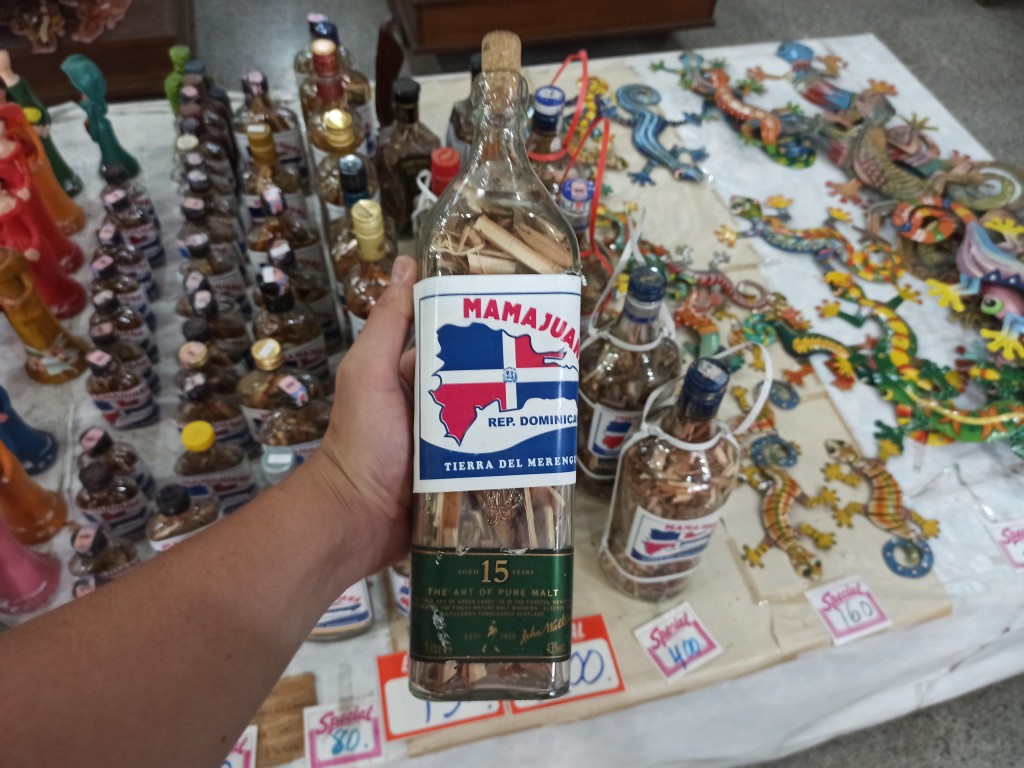
Mamajuana – what is the origin of that strange name?
The most popular and probably the truest explanation of the Mamajuana name is that the name comes from the French language - "dame-jeanne". It is said, that when Queen Joanna I of Naples sheltered during the storm in a glass factory, she was impressed by the production of bottles. That is why, she wanted to try to do it too. She blew so strongly, that finally she obtained a ten liters bottle. This special bottle was named "dame-jeanne"/ "damajuana". During the time being, the pronunciation of it changed by replacing "d" with "m". In consequence, the current name is "mamajuana".
Another legend says, that the name Mamajuana comes from the name of a woman – Juana, that lived two hundred years ago and had fifteen children. She invented a special herbal mixture and as she had so many children, she was the personification of fertility.
Where does Mamajuana come from?
Some historians believe that Mamajuana was originally prepared for Taíno (indigenous people of the Caribbean region) to cure flu, headache, and toothache.
According to some other theories, slaves coming from Africa in the XVI century, continued their medical and mystic traditions in Latin America. It was really very common to use herbs, roots, and animal parts to prepare medical mixtures.
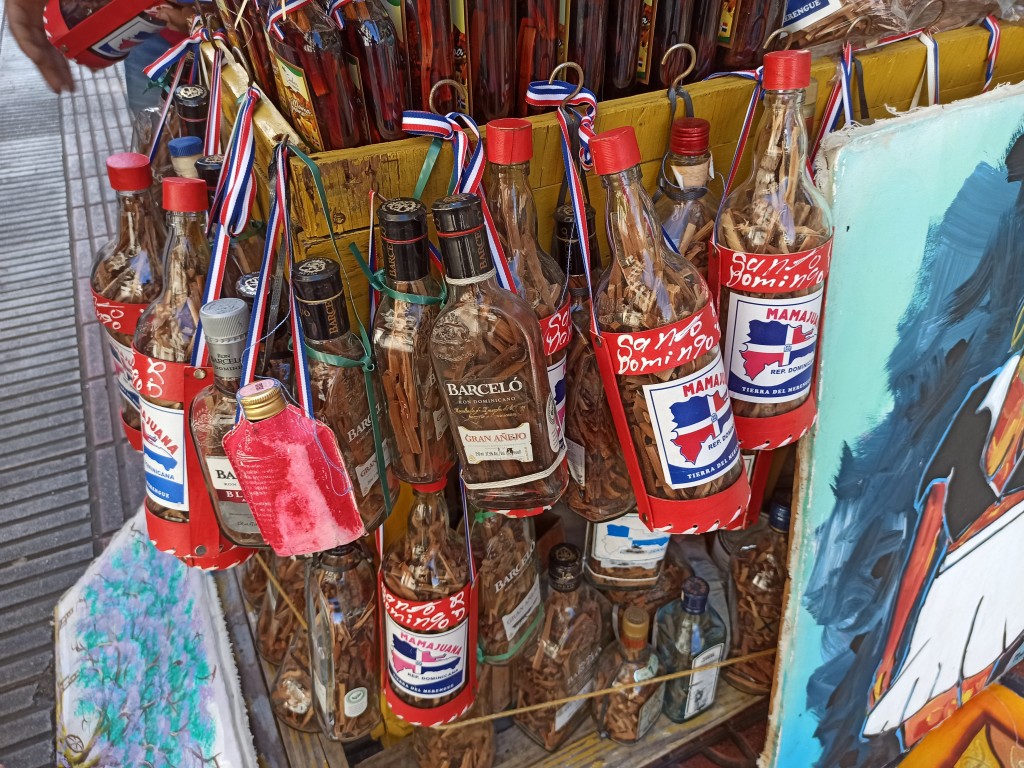
Historical anecdotes about Mamajuana
It is said that the dictator Rafael Leónidas Trujillo drunk Mamajuana on a daily basis. What is more, some rumors say, that he was even serving it regularly to his friends, diplomats and even to his dog.
How to make Mamajuana?
The traditional method of preparing Mamajuana is quite easy. Herbs, spices, and roots are put into a bottle. Then red dry wine with honey is added to it. The mixture has to be stored for about one week to let all ingredients macerate. After that time, wine is poured out, and the bottle is once again refilled with an alcohol with honey. This time, instead of using wine, producers take rum. Also at that step, roots and herbs release all their flavors and the rum becomes more and more aromatized. For the first time, when the bottle is refilled, the rum should be withdrawn within 24 hours. Also, the rum that is used is the basic one. It should be good, however not of the best quality. The reason of pouring rum out so quickly is that all herbs and roots release their flavors almost immediately. In consequence, if it is kept too long, the liquid becomes extremely bitter and not tasty.
Using honey and red wine has to soften the aroma of Mamajuana and let it be a sweeter and more delicate. When the bottle is emptied after drinking the whole liquor, it can be refilled multiple times. It is said that it can be done for next twenty years.
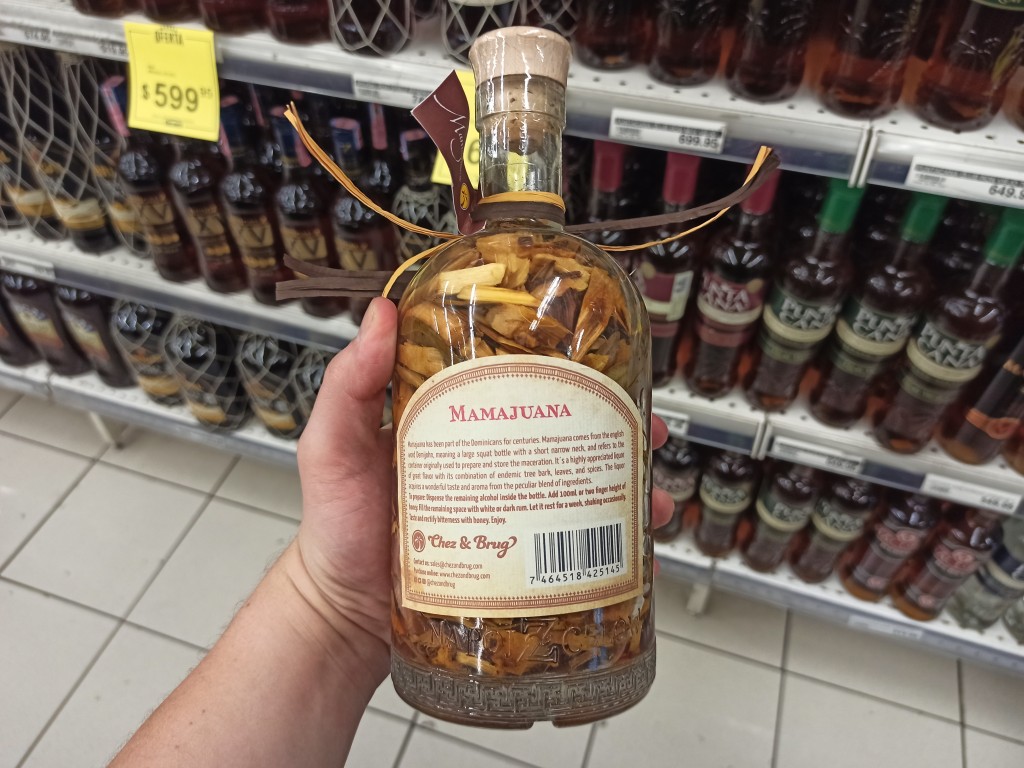
Proportions of added alcohols and honey depend on everybody’s preferences. Generally speaking, for a 700 ml bottle, about 150 ml of rum is used. Then it is filled up with a red dry wine and mixed with two tablespoons of honey. Instead of using rum, any other strong alcohol can be used. It can be whiskey, vodka, or anything else.
How to drink Mamajuana?
Mamajuana is usually served in a room temperature. Sometimes it is also prepared with some ice cubes, but that is rare. In Dominican Republic it is usually served in shots. Of course, you can use it for drinks and cocktails, however that is not the way local people drink it.
Depending on whether you have it as a shot or a drink, use another type of glass. The general rule is to choose transparent glasses that will highlight Mamajuana’s color. Avoid colorful and ornamented glasses. That are Dominicans’ recommendation, however, as always, it is up to you.
Caution!
It is said not to mix Mamajuana with any other herbal liquors or with gin and tonic, as it might have poisonous effects.
Date: 2022-02-22
Author: Beti – A passionate traveler and lover of Asian cuisine, especially Thai and Japanese dishes, Bernadeta brings her culinary and cultural experiences to life in her writing. Beyond her travels, she’s an avid technology enthusiast with a deep interest in data processing, merging her love for exploration with analytical insights.
Photographer: Adalbert – An aficionado of computers and photography, Adalbert captures the essence of diverse cuisines with a discerning eye. A connoisseur of rich flavors and particularly fond of meat-based dishes, he combines his technical skills with his passion for the culinary arts in every shot.









